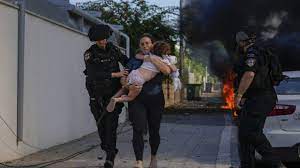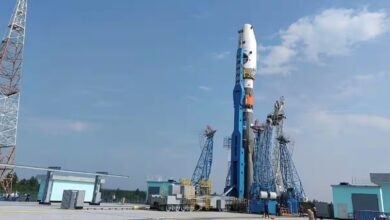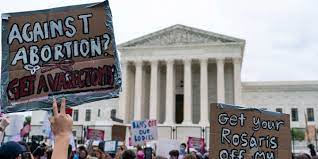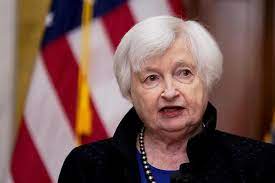For the first time in US history, New York approves a $15 congestion toll for Manhattan
Following transportation authorities’ approval of a $15 levy for most automobiles heading to the busiest portion of Manhattan, New York is poised to become the first U.S. city to impose congestion tolls on drivers entering its CBD.

The congestion pricing proposal was approved by the Metropolitan Transportation Authority board on Wednesday and is scheduled to take effect in June. The board rejected requests for exceptions from several commuter organizations and only authorized modest revisions to a plan that had been made public months earlier.
The majority of commuter passenger cars entering Manhattan during the daytime south of 60th Street—a region south of Central Park—are now subject to a $15 toll, per the referendum. Larger cars pay a greater toll, while motorbikes and late-night arrivals into the city pay a reduced toll.
Proponents of the new tolls claim that they will encourage more people to use public transportation, lessen traffic, which will accelerate emergency vehicles and public buses, lessen pollution, and generate revenue for upgrades to the subway system. The levies’ detractors claim that they will burden employees and raise the cost of necessities that are transported by truck into the city.
In addition to the approximately $15 in bridge and tunnel tolls that commuters from other states and boroughs now pay to enter Manhattan, there will be an additional congestion cost. In the Manhattan congestion zone, which covers twelve areas south of 60th street, daily parking fees currently range from $25 to $50.
Small business owners and the state of New Jersey have filed lawsuits against New York’s proposal, demanding more extensive environmental reviews before the plan is implemented. State representatives contend in court filings that while the proposal would cost commuters millions, it will not provide funding for New Jersey transit agency upgrades, despite funding public transportation in Connecticut and New York.
The tolls were authorized by the state Legislature in 2019, with a requirement that the program collect $1 billion annually to support the city’s 4 million daily commuters of public buses and subways. Along with defining the zone’s boundaries, which include the busiest portion of the city, it also retracted earlier plans to include the region up to 86th Street. The project was halted by the epidemic and a lack of government control.
Depending on the size of the vehicle and the time of day, tolls might range from $1.75 for motorbikes traveling over night to $36 for trucks towing trailers and tour buses during the day. On weekdays, the nighttime hours are from 9 p.m. to 5 a.m. and on weekends, from 9 p.m. to 9 a.m. It costs extra for visitors who do not have an E-ZPass, a gadget that remotely gathers toll information. Additionally, license plate scanners are supposed to recognize other cars so that postal bills may be sent to them, much as on bridges.
Passengers in taxis will pay $1.25 for each journey that enters the zone, and app-based services will cost $2.50. Following two months of public consultation, during which more than 100 categories of drivers requested to be excused from the tolls, the voting took place on Wednesday. They varied in size from tiny groups, such as owners of diplomatic license plates, to big ones, such as citizens of Connecticut and New Jersey, two nearby states.
However, most petitions for exceptions were denied since the state law’s obligation of $1 billion in toll income meant that removing fees for one group would result in higher prices for everyone else. There were still certain exclusions, such as the free pass for emergency cars, special municipal vehicles, and buses that were contracted by local schools or regular public routes. Automobiles transporting the handicapped and other low-income commuters are exempt as well. Tax credits and rebates are available to drivers with low incomes.
In the event that the proposal weathers these legal challenges, New York will be the first American city to adopt a congestion pricing plan. These programs have been put into place in Singapore, London, Stockholm, and Milan. A toll system was put in place by Virginia authorities in 2017 to ease traffic during rush hour on Interstate 66 close to Washington, D.C.







